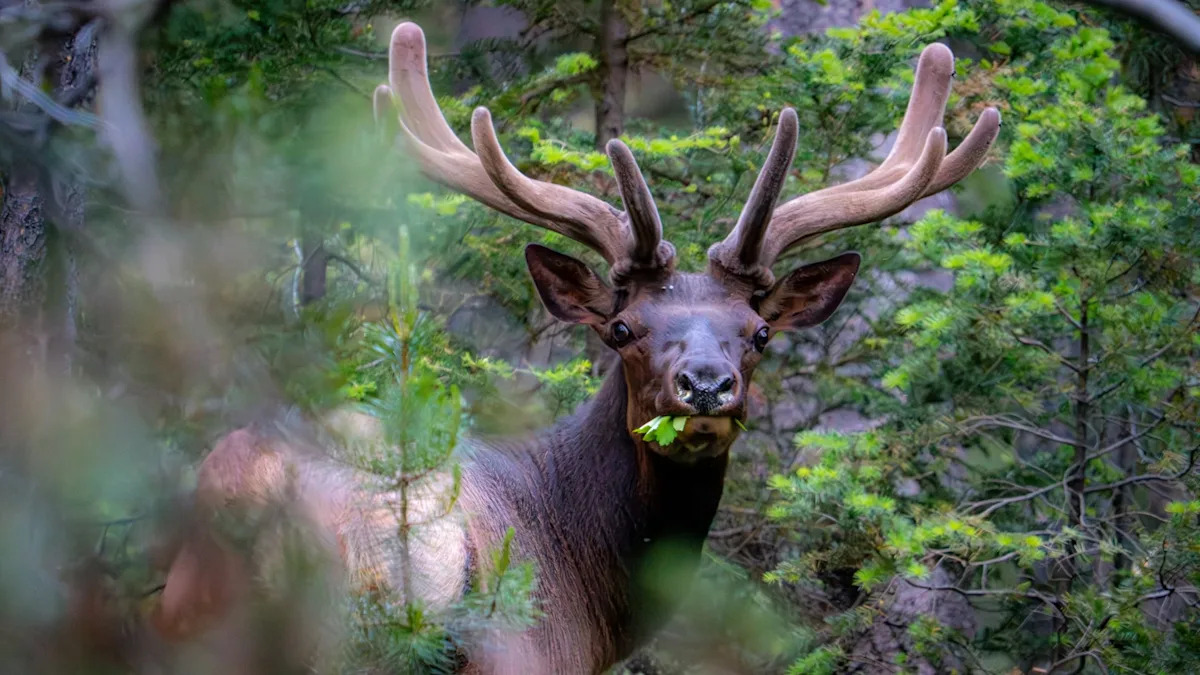You’d think that the enormous set of antlers on a wild bull elk would deter close contact — but for one set of ignorant tourists, even that didn’t stop them from getting up close and personal.
The popular Instagram page Tourons of Yellowstone (@touronsofyellowstone), which derives its name from a combination of “tourist” and “moron,” shared a video of the close-call encounter.
“Tourons in the Tetons getting way too close to a bull elk!” they wrote in the caption. “The rules say to keep at least 25 yards from all elk.”
Instead, the tourons can be seen mere feet — if not inches — from the grazing bull.
Commenters were frustrated by the blatant lack of respect toward the wild animal.
“You’re there to LOOK at the wildlife, not harass it,” one person vented.
“Idiocy never ceases to amaze me,” another agreed.
The National Park Service’s official safety guidelines advise staying at least 25 yards away, as the Tourons account mentioned, and using binoculars and cameras to enjoy wildlife sightings safely. If approached by an elk, they advise slowly backing away to create space for the animal to pass.
“Feeding, touching, disturbing, and willfully approaching wildlife within 50 yards (150 feet), or any distance that disturbs or displaces wildlife, are illegal in the park,” they clarified.
Yet despite these warnings, all of which are posted conspicuously around all National Parks, tourons risk dangerous encounters like this one every day. People have been observed edging close to elk, bison, and even bears, all for the chance to capture a photo for social media.
“Wow. Just wow,” one person commented. “We had a bull elk come through our campsite once, everyone was scrambling for safety.”
The reasons to avoid wildlife run-ins are multifold. Animal encounters can certainly be dangerous, and even deadly, for the people involved. But even more often, they can prove deadly for the animals.
Unfortunately, many agencies opt to euthanize an animal once they become too accustomed to spending time near humans — a tactic designed to minimize the risk of encounters. It’s led to innocent animals, like a baby bison, being needlessly killed after humans opted to interact with them.
“We need to control parks better,” one person wrote, suggesting allowing entry for fewer people each day. “Not great seeing so many vehicles and uneducated people in nature.”
Join our free newsletter for good news and useful tips, and don’t miss this cool list of easy ways to help yourself while helping the planet.
